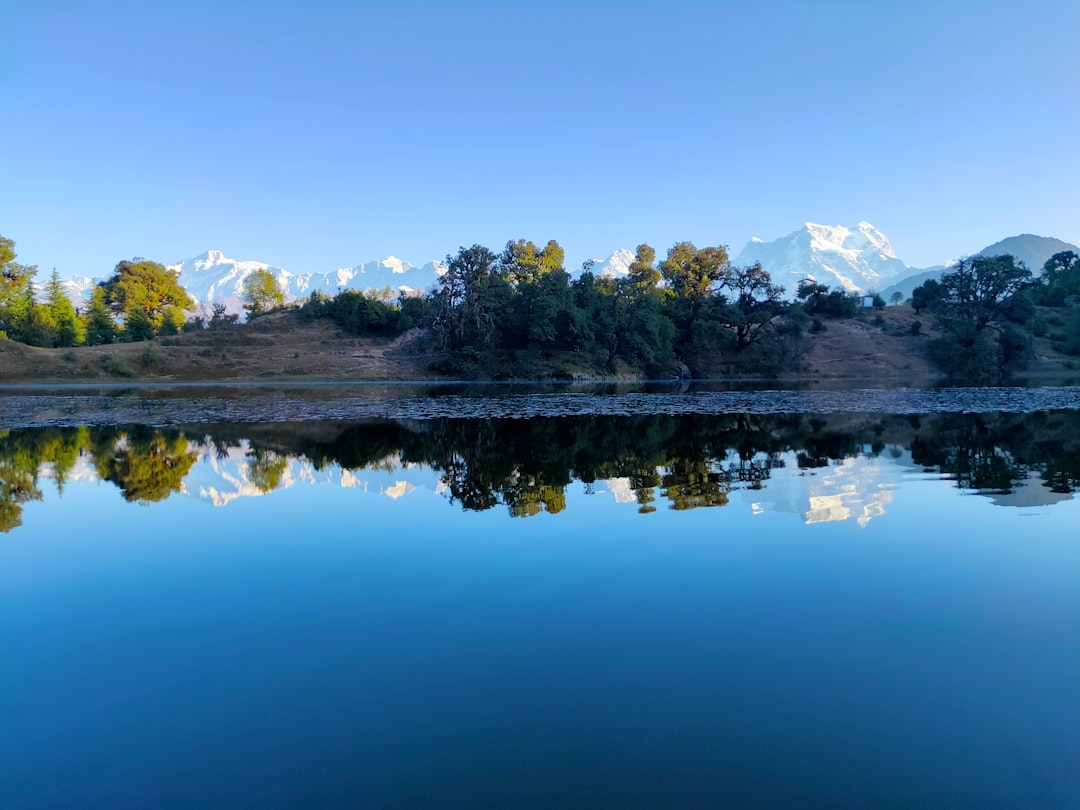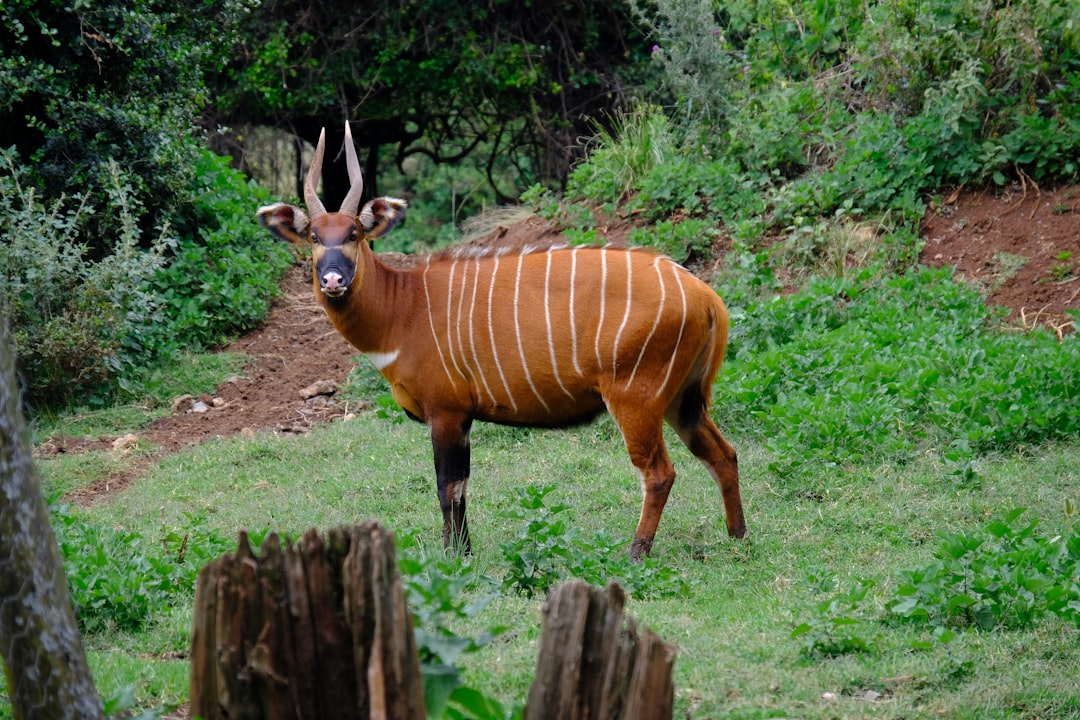What is it about?
Increasing deer populations threaten the conservation of many different habitats, but predicting the outcomes of management to control their impacts is difficult because vegetation changes slowly and can follow different trajectories. We develop one of the first spatially-explicit models to predict the spread of forest regeneration in response to deer management. Our focus is on impacts of red deer and land use on upland birchwoods in Scotland, a habitat of high conservation value.
Featured Image
Why is it important?
We show that mangers must reduce animal impacts rather than densities to increase woodland regeneration. But, other factors, such as ground cover, must also be favourable for tree establishment. Our research is also important because it develops a model to predict future changes to forests that is verified with field data. This shows that it can be reliably used in the real word. An extended benefit of this model is that it can be used to help maximize carbon capture in forests.
Read the Original
This page is a summary of: Getting the biggest birch for the bang: restoring and expanding upland birchwoods in the Scottish Highlands by managing red deer, Ecology and Evolution, May 2013, Wiley,
DOI: 10.1002/ece3.548.
You can read the full text:
Resources
Deer culls not the only answer (Press Release)
Culling deer will not aid woodland conservation in the absence of other factors.
Cull deer to save forests, says report (Sunday Times report)
Article in the Sunday Times covering this study.
Landscape-level vegetation recovery from herbivory: progress after four decades of invasive red deer control
Related research testing recovery from deer culling in New Zealand.
Slow responses of ecosystems to reductions in deer (Cervidae) populations and strategies for achieving recovery
Scientific review of why increases in deer-preferred plants occur slowly following culling.
Tanentzap research group
Contributors
The following have contributed to this page










